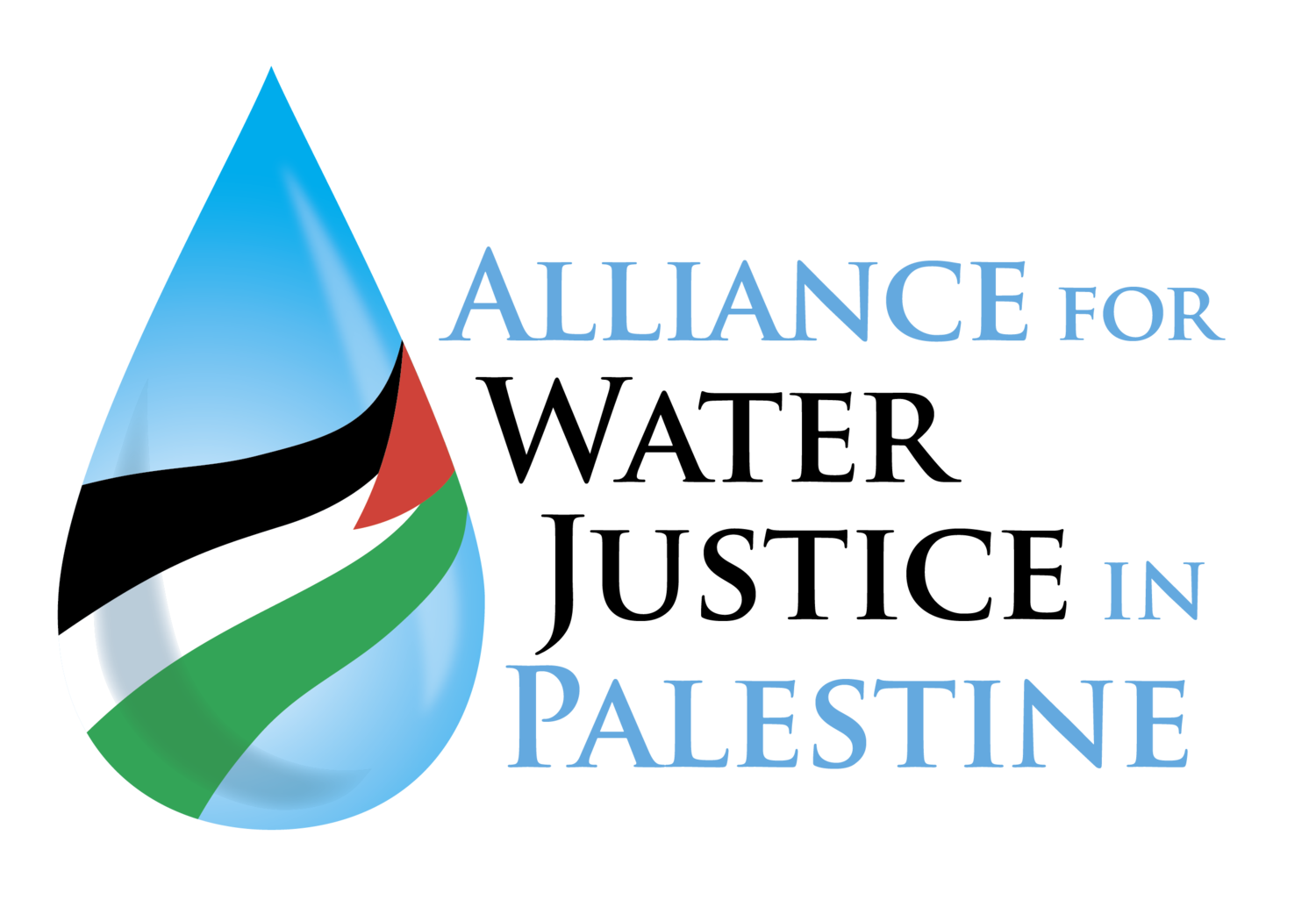Key points
On 28 November, for the fifth consequent day, the humanitarian pause enabled humanitarian actors, primarily the Egyptian and Palestinian Red Crescent Societies and UN agencies, to enhance the delivery of assistance into and across Gazai. As reportedly agreed upon by Israel and Hamas, the initial four-day pause has been extended for an additional 48 hours starting on 28 November.
On 28 November, a Palestine Red Crescent Society (PRCS) aid convoy carrying food, medical supplies, water, and non-food items reached areas to the north of Wadi Gaza (hereafter: the north). However, the bulk of aid distribution during the day took place in areas south of Wadi Gaza (hereafter: the south), where the vast majority of internally displaced persons (IDPs) are staying. UNRWA continued distributing wheat flour to IDPs in and outside shelters. Key service providers, including hospitals, water and sanitation facilities, and IDP shelters, have been able to operate during the pause with daily fuel provision.
Despite an increase in supplies entering Gaza since the pause began, the volume of incoming commodities is insufficient to meet the extensive needs. Aid groups have called for the immediate re-opening of more crossing points, including for the entry of commercial goods.
On 28 November, the World Health Organization (WHO) warned about the high risk of infectious disease in IDP shelters, attributing this to severe overcrowding and the disruption of health, water, and sanitation systems. This concern is underscored by recent reports of Hepatitis cases at shelters in the south.
On 28 November, ten Israelis and two foreign nationals, held as hostages in Gaza, and 30 Palestinian detainees, held in Israeli prisons, were released. The freed hostages included nine women and one girl. Among the Palestinian detainees were 15 women and 15 boys. Since the start of the pause, 180 Palestinians, 61 Israelis, and 20 foreign nationals have been released.
On 27 November, the UN Secretary-General called for “a full humanitarian ceasefire, for the benefit of the people of Gaza, Israel and the wider region,” alongside the immediate and unconditional release of the remaining hostages. He also commended the Governments of Qatar, Egypt and the United States for facilitating the current pause, recognizing the critical role of the International Committee of the Red Cross.
Read the full report: Hostilities in the Gaza Strip and Israel | Flash Update #53
Volunteers providing psycho-social support to children in southern Gaza through recreational activities in a school being used as a shelter for displaced people. Photo by the Palestine Red Crescent Society






